Chau Van singing, one of the art forms associated with the worship of Mother Goddesses and Saint Tran, carries within itself unique cultural and spiritual values. This art form is not only an expression of art but also an echo of people’s hearts in sacred spaces, where beliefs blend with profound melodies.
Hat Chau Van was born from the spiritual and religious needs of the people, a harmonious combination of music , literature, dance and ritual. The songs often tell about the merits of the gods, conveying lessons about morality and humanity. The lyrics are simple but profound, the melody changes flexibly according to each emotional state, creating an appeal that no other form of folk art can match. The performance space is often temples, shrines, and shrines, covered by the magical light of candles, incense and the sound of traditional musical instruments. In that setting, people seem to be connected to the invisible world, finding comfort and spiritual support.
In the Chau Van ritual, each character takes on a separate but closely connected role. The Thanh Dong – the person serving the saint, is the center of the ceremony, supported by cung van, musicians and servants. All combine to form a unified whole, where music and ritual blend, leading people through sublime emotional states. The performers’ costumes and props also express regional identity, reflecting the richness and diversity of Vietnamese culture. 
However, this art form is facing the risk of fading away and being transformed. Commercialization, changes that are not true to its traditional identity, and abuse in some inappropriate spaces have eroded its inherent sacred value. Some deviant manifestations such as non-standard costumes, holding ceremonies in non-sacred places, or overcharging have caused Hat Chau Van to gradually lose its respect. The shortage of artisans - the "living treasures" of this art form - is also one of the major challenges. When artisans grow old without a capable successor generation, the art of Chau Van is at risk of being interrupted.
Faced with this situation, many localities, especially Nam Dinh province, have made efforts to implement measures to preserve and promote the value of Hat Chau Van. The establishment of Hat Van clubs such as Hanh Thien Club or Nam Dinh Hat Chau Van Club has contributed to maintaining community cultural activities, while creating opportunities for artisans to share and teach their experiences. Extracurriculareducational programs combined with visits to historical sites such as Phu Day and Tran Temple have helped the younger generation get closer to Hat Chau Van. Through these lessons, students not only understand more about culture but also develop a sense of appreciation for heritage.

Preservation cannot be achieved without a strong connection between the community and the government. Artists need to be honored and supported to continue their role as a bridge between the past and the present. At the same time, the cultural sector also needs to develop formal training programs, including Hat Chau Van in the curriculum of cultural and artistic schools. This is the way to ensure that this heritage will be passed on sustainably, beyond the community and spread to the international arena.
From an artistic perspective, Hat Chau Van is a convergence of many folk materials, from the melodies of the Red River Delta to folk chamber music, from traditional Cheo melodies to the influence of regional folk songs. The rich orchestra, unique variations and transformations have created the special appeal of this art form. Not only a means of connecting people and gods, Hat Chau Van is also a place to preserve and spread traditional cultural values.
Preserving Hat Chau Van is not only the responsibility of the artists but also the task of the whole society. Every citizen needs to be aware of the value of the heritage, considering the preservation of Hat Chau Van as a way to express pride in national culture. When traditional values are preserved and promoted properly, the heritage will live forever in the hearts of the nation and become a solid bridge between the past and the future.



![[Photo] Party and State leaders visit President Ho Chi Minh's Mausoleum](https://vphoto.vietnam.vn/thumb/1200x675/vietnam/resource/IMAGE/2025/5/19/d7e02f242af84752902b22a7208674ac)


![[Photo] Party and State leaders attend the special art program "You are Ho Chi Minh"](https://vphoto.vietnam.vn/thumb/1200x675/vietnam/resource/IMAGE/2025/5/18/6895913f94fd4c51aa4564ab14c3f250)
![[Photo] Special flag-raising ceremony to celebrate the 135th birthday of President Ho Chi Minh](https://vphoto.vietnam.vn/thumb/1200x675/vietnam/resource/IMAGE/2025/5/19/1c5ec80249cc4ef3a5226e366e7e58f1)
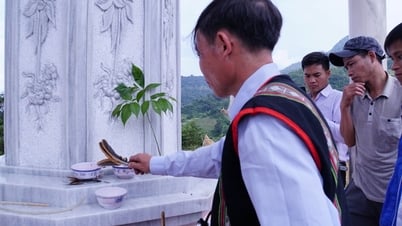



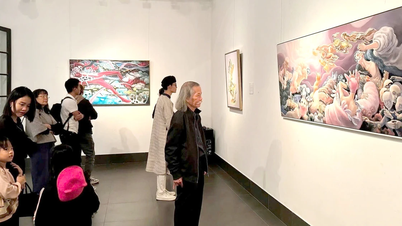

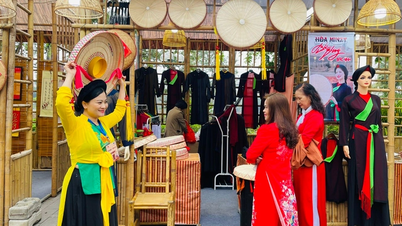

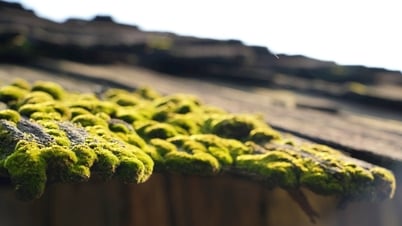






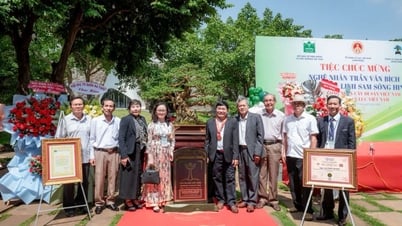











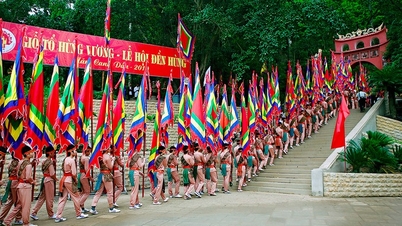
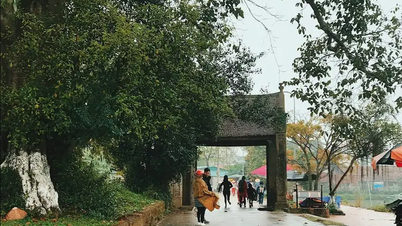
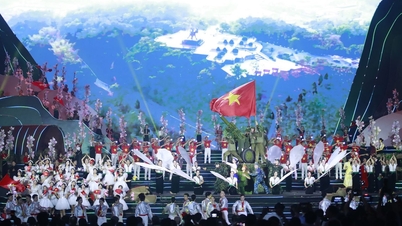
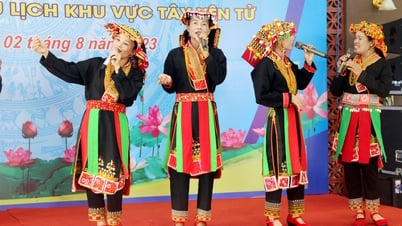
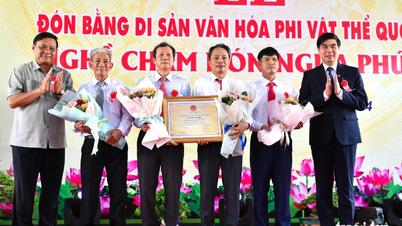






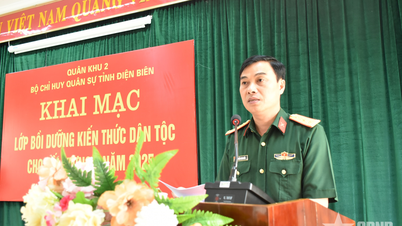








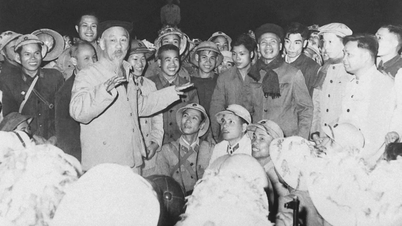
















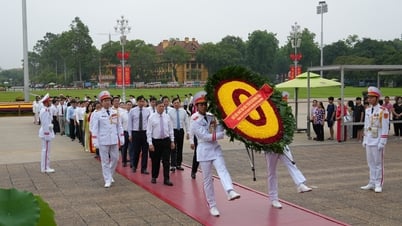



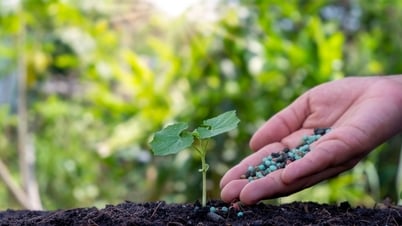


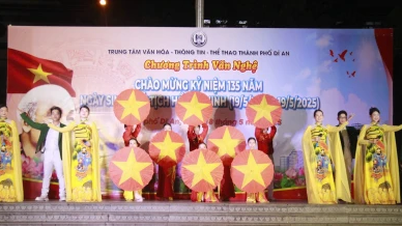



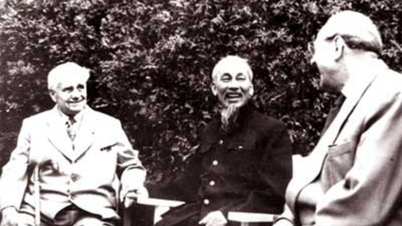

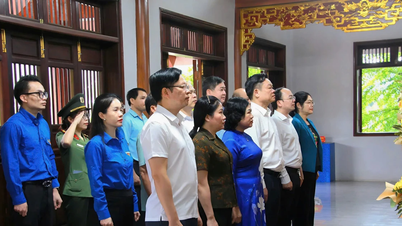



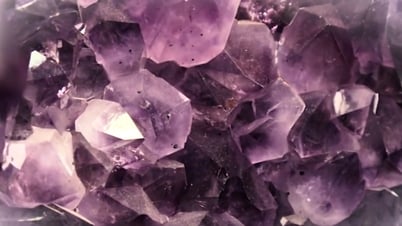





Comment (0)